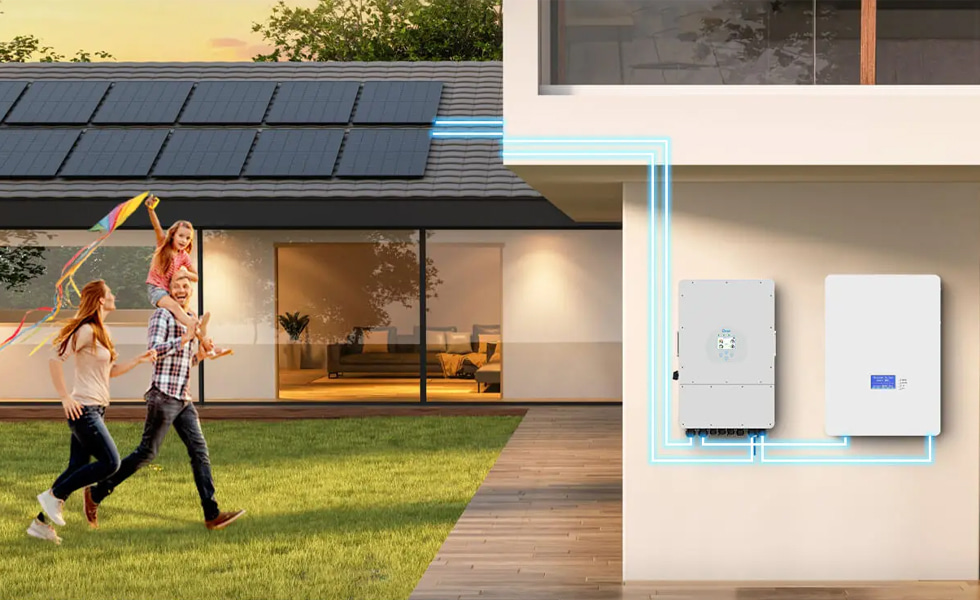
A stacked energy storage system is a technology that vertically stacks multiple energy storage units together to form a high-density battery pack, used to improve the energy density and power density of the battery pack. These energy storage units can be divided into two types: low-voltage stacking and high-voltage stacking.
Low-voltage stacking usually refers to the vertical stacking of energy storage units with a voltage below 3.7V, such as lithium-ion batteries. These batteries have low single-cell voltage and energy density, but have excellent safety and cycle life. In low-voltage stacking, some additional circuits are usually required to manage voltage and current to ensure that each battery cell works in balance during charging and discharging.
High-voltage stacking refers to the vertical stacking of energy storage units with a voltage above 3.7V, such as lithium iron phosphate batteries, lithium cobalt oxide batteries, and nickel-metal hydride batteries, etc. These batteries have high single-cell voltage and energy density, but are also more dangerous and require more complex safety measures. In high-voltage stacking, the battery pack usually requires multiple protection systems, temperature sensors, and voltage drop or boost circuits to manage voltage and current. These circuits ensure that each battery cell works safely and stably during load balancing, charging, and discharging.
In addition, high-voltage stacking and low-voltage stacking battery also have different applications. Low-voltage stacking is usually used in electric vehicles, smartwatches, and portable electronic devices with high safety requirements. High-voltage stacking is more commonly used in electric tools, energy storage systems, solar energy storage systems, and other applications that require higher power density and energy storage capacity.
In conclusion, the difference between low-voltage stacking and high-voltage stacking mainly lies in the voltage of the energy storage unit, safety, circuit complexity, and application scenarios. When choosing a stacked energy storage system, it is necessary to choose according to actual needs and safety requirements.
